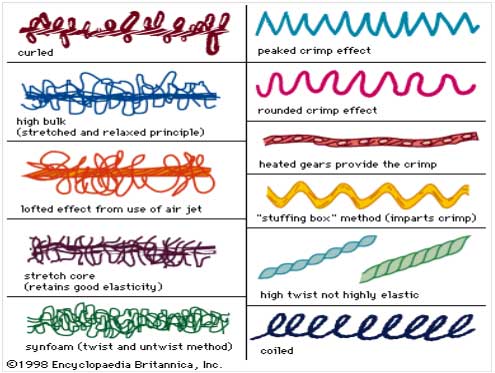TEXTILES
Definition of Textiles with Examples
The word textile is derived from the Latin verb texere, meaning “to weave”. Originally, therefore only to woven fabrics and specifically excluded knitted cloth, lace, netting, felt, braid, and cord. Today textile has become a generic term for all fiber materials which therefore refers to any raw material that is used in making fabrics e.g. fibre, yarn, thread, etc. whether made by weaving, knitting, bonding, laminating, felting, or other processes. It can even refer to paper like materials, but it excludes leather and plastic sheeting.
Basic Textile Terms
(i) Fiber: is a hair-like basic unit of raw material used in the making of yarns and fabrics e.g. cotton, linen, silk, wool, nylon fibres.
(ii) Yarn: is a thread made by twisting or spinning fibres.

(iii) Fabric: is cloth constructed with yarn or directly from fibres by weaving, knitting, crocheting, felting, etc. A woven fabric is made up of two sets of yarn or thread-the wrap and the weft.

(iv) The warp: is the yarn or thread which runs length-wise in a woven fabric.
- NEW: Download the entire term's content in MS Word document format (1-year plan only)
- The complete lesson note and evaluation questions for this topic
- The complete lessons for the subject and class (First Term, Second Term & Third Term)
- Media-rich, interactive and gamified content
- End-of-lesson objective questions with detailed explanations to force mastery of content
- Simulated termly preparatory examination questions
- Discussion boards on all lessons and subjects
- Guaranteed learning